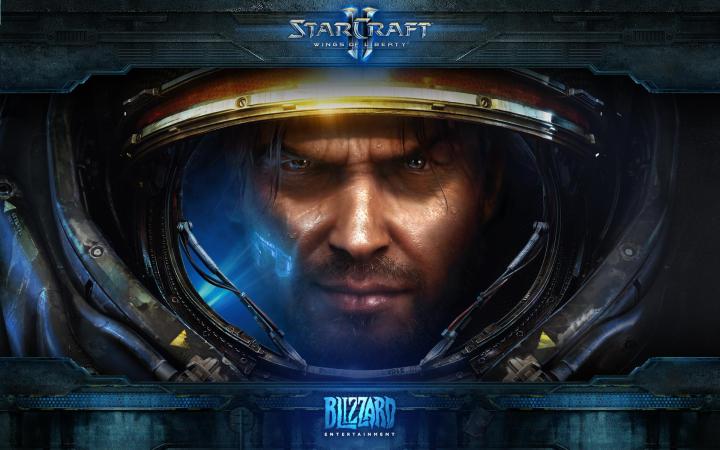
“An agent that can play StarCraft will need to demonstrate effective use of memory, an ability to plan over a long time, and the capacity to adapt plans based on new information,” said research scientist Oriol Vinyals of the DeepMind team. “Computers are capable of extremely fast control, but that doesn’t necessarily demonstrate intelligence, so agents must interact with the game within limits of human dexterity in terms of ‘Actions Per Minute.’”
Google acquired DeepMind in 2014. The subsidiary focuses on artificial intelligence development, and over the years has created a neural network that learned how to play video games the human way. In the case of StarCraft II, AI won’t have access to the code to learn all the tricks needed to beat the game, but approach it from a human point of view by learning how to view the field, manage resources, coordinate mouse clicks, and so on.
StarCraft II is important in that it forces players to really think about their current actions and their next move. Like humans, AI will be required to choose one of three races, gather resources and build structures and units for defense and creating an economy. They must also send out scouts to discover what the enemy has, what it’s doing, and explore unseen areas to eventually control.
“This makes for an even more complex challenge as the environment becomes partially observable — an interesting contrast to perfect information games such as Chess or Go,” Vinyals added. “And this is a real-time strategy game — both players are playing simultaneously, so every decision needs to be computed quickly and efficiently.”
The StarCraft II environment created by Blizzard and Google will be open to all researchers next year. The API will be similar to the bots developed for the StarCraft franchise since the Brood War expansion, only it won’t have a scripted interface. Instead, the API will enable bots to take direct control of individual units. The API will also include a new image-based interface enabling AI to play directly from pixels.
More specifically, the new interface will output “simplified” low-resolution RGB image data for the overall map and minimap that the AI will use. There will also be an option to break the image information down into layers, such as unit type, unit health, terrain height, and so on.
Eventually Blizzard and Google will establish “curriculum” scenarios for getting a bot (agent) up and running. These scenarios will provide increasingly complex tasks so that researchers can benchmark different algorithms and AI improvements. Researchers will also be able to use the existing StarCraft II tools to generate custom tasks.
Does this mean a bot will soon be ready to challenge a professional human StarCraft II player? Not yet, but once the platform opens to all researchers, it will only be a matter of time before we see a DeepMind-backed bot take on IBM’s Watson in a deadly one-on-one match.
Editors' Recommendations
- Researchers use artificial intelligence to develop powerful new antibiotic
- Revisiting the rise of A.I.: How far has artificial intelligence come since 2010?
- Google’s DeepMind is training Waymo’s self-driving cars like StarCraft II bots
- Blizzard reportedly axes another StarCraft shooter for Diablo 4, Overwatch 2


